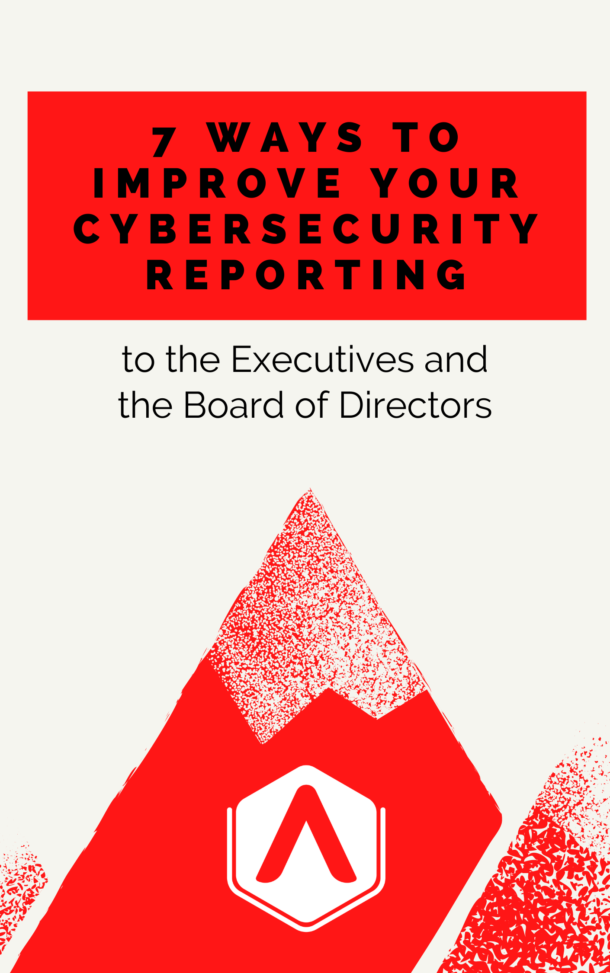
vCISO Services for Financial Institutions
Strengthening Cybersecurity in the Financial Sector
Introduction
The financial sector is arguably the most interconnected world and among the most advanced economic sectors when it comes to the use of IT. This makes it a clear target for cybercriminals. For this reason, hiring a Virtual CISO is important.
In early 2016, cybercriminals exploited vulnerabilities in SWIFT—the global payment messaging system. They attempted to siphon $1 billion from the central bank of Bangladesh.
And although most of the fraudulent transactions were blocked, $101 million vanished without a trace. This event sent shockwaves through the financial world and exposed just how underestimated systemic cyber risks in the financial system had become.
This underscored a pressing reality: modern financial institutions must proactively guard against sophisticated cyber threats. And as Cyber threats in the financial sector become more sophisticated and frequent, safeguarding both user data and institutional digital assets is a top priority.
This is where Virtual Chief Information Security Officer (vCISO) services become not only relevant but essential.
The Unique Cybersecurity Needs of Financial Institutions
The term “financial institutions” encompasses a wide array of businesses within the financial services industry, from traditional banking and investment firms to financial advisors and fintech companies.
This article focuses specifically on financial institutions that manage sensitive client data or conduct high-volume financial transactions—organizations where cybersecurity isn’t just a regulatory requirement, but a business imperative.
For these institutions, cybersecurity risk management strategies are fundamentally built around three core pillars:
- Ensuring availability of financial systems
- Maintaining the privacy of client and vendor financial data
- Protecting the confidentiality of proprietary investment and trading platforms
A Virtual Chief Information Security Officers (vCISOs) in this case, provides critical value.
Why Virtual CISO Services Matter for Financial Institutions
Financial institutions often have unique cybersecurity demands. Larger banks might employ internal cybersecurity teams, but many mid-sized firms—such as investment platforms and wealth management services—leverage vCISOs to enhance their cyber posture without the full-time expense.
A virtual CISO brings specialized expertise, providing leadership across a spectrum of cybersecurity initiatives, ensuring that technical and regulatory requirements are not only met but strategically aligned with business goals. These experts help financial organizations reduce risk, meet compliance mandates, and stay resilient in the face of today’s sophisticated threats.

1. Regulatory Compliance
Most financial industries, companies that trade or invest money are under the regulatory guidance of the SEC
That requires participation of the cybersecurity team in conjunction with other risk stakeholders in the business to comply with and complete documentation and questionnaires and attestations to ensure that proper regulatory approval is given to that financial institution.
Financial institution can also benefit from a virtual CISO through specific financial systems and platforms that institution uses. Usually this means third-party applications or internally hosted applications that have some type of financial impact. They are usually integrated with other systems.
vCISO’s serve as a bridge between cybersecurity teams and executive stakeholders, ensuring that technical controls support regulatory readiness.
2. Segmentation and Access Control
Virtual CISO services can also benefit financial institutions, specifically around the segmentation of financial systems and trading systems or client accessible systems.

This means that whenever the institution has the clients externally accessing financial information, they’re typically going to do that through an application. That application is typically available on the internet as what we call a SaaS platform or a hosted application.
In summary, Virtual CISOs help implement:
- Robust VLAN configurations
- Network Access Control (NAC) policies
- Role-based access to limit lateral movement within networks
Proper segmentation ensures that even if one system is compromised, attackers cannot pivot easily across environments.

3. Mobile Security and Application Testing
With mobile apps now standard for accessing financial accounts, these platforms must undergo regular penetration testing and comply with an application cybersecurity framework such as the CIS Top 20.
At Asher Security we ensure that we segregate those systems from other internal systems which we call infrastructure systems so that even a breach within those systems would not correlate to a companywide breach.
4. Vendor Risk Management
Who are the major vendors within the financial institution space? How do they integrate into a company’s IT program? And how do financial institutions architect those systems for the best cybersecurity? And what are those vendors security best practices?

Take for example, a Salesforce, they have a recommended best practice cybersecurity list that should be implemented by a cybersecurity professional working with the Salesforce administrator. That cybersecurity practice should be added to an ongoing governance list so that those controls can be checked on a regular basis. A virtual CISO can help a financial institution align with the security frameworks.

5. Measuring Maturity
There’s going to be a lot of demand on financial institutions externally to prove that they have cybersecurity controls in place. Again, the major driver is the requirements from the SEC, but those typically don’t go far enough.
The financial institutions will typically still try to measure their cybersecurity maturity they historically don’t want another cybersecurity certification or attestation unless they’re primarily client focused.
Sometimes they can outsource those other cybersecurity attestations, but from an internal standpoint, they still want to measure their cybersecurity without getting a certification or attestation. You’re going to want to pick a cybersecurity framework that is universal and measurable and trackable.
You want to take the very wide and very deep requirements of cybersecurity and organize them in a way that they can be prioritized, documented and tracked no matter who that cybersecurity resource is and ensure that someone that comes into that role in the future can pick right up, maintain what’s previously been done with backsliding or deterioration of the cybersecurity program through the transition of cybersecurity resources.
FINAL THOUGHTS
Cybersecurity in the financial sector is more than compliance—it’s about building trust, maintaining availability, and safeguarding critical assets in an increasingly hostile threat landscape. Whether you’re facing growing regulatory pressure, managing sensitive client data, or deploying new financial technologies, a virtual CISO can provide the leadership and structure needed to stay secure.
Explore our Virtual CISO Services to strengthen your institution’s cybersecurity posture.



Recent Comments